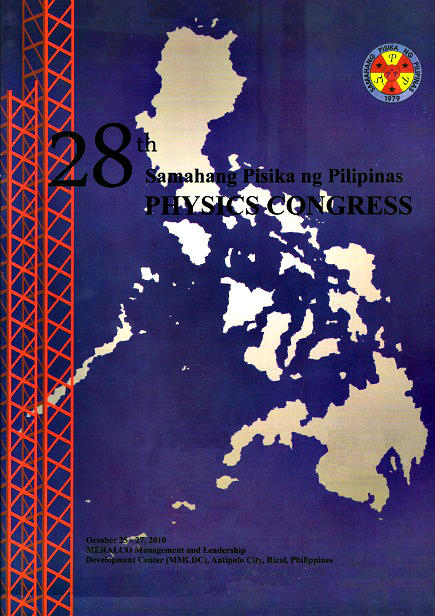Estimating coral reef rugosity using shadow cues
Abstract
An important element for the productivity of reef-based fisheries is rugosity. Rugosity describes how well a reef acts as shelter for juvenile fish. The traditional method of measuring rugosity is tedious and requires a scuba diver. A faster, noncontact method for estimating rugosity is by getting the percent shadow. The relative rugosities from shadow correctly show which row within a quadrat is more rugose, as verified visually by a marine scientist and by comparison with results of the chain intercept method. Further studies should consider color variations due to changes in bathymetry to account for large scale spatial relief.
Downloads
Issue
Strengthening physics research and education for a brighter tomorrow
25-27 October 2010, MERALCO Management and Leadership Development Center, Antipolo City











